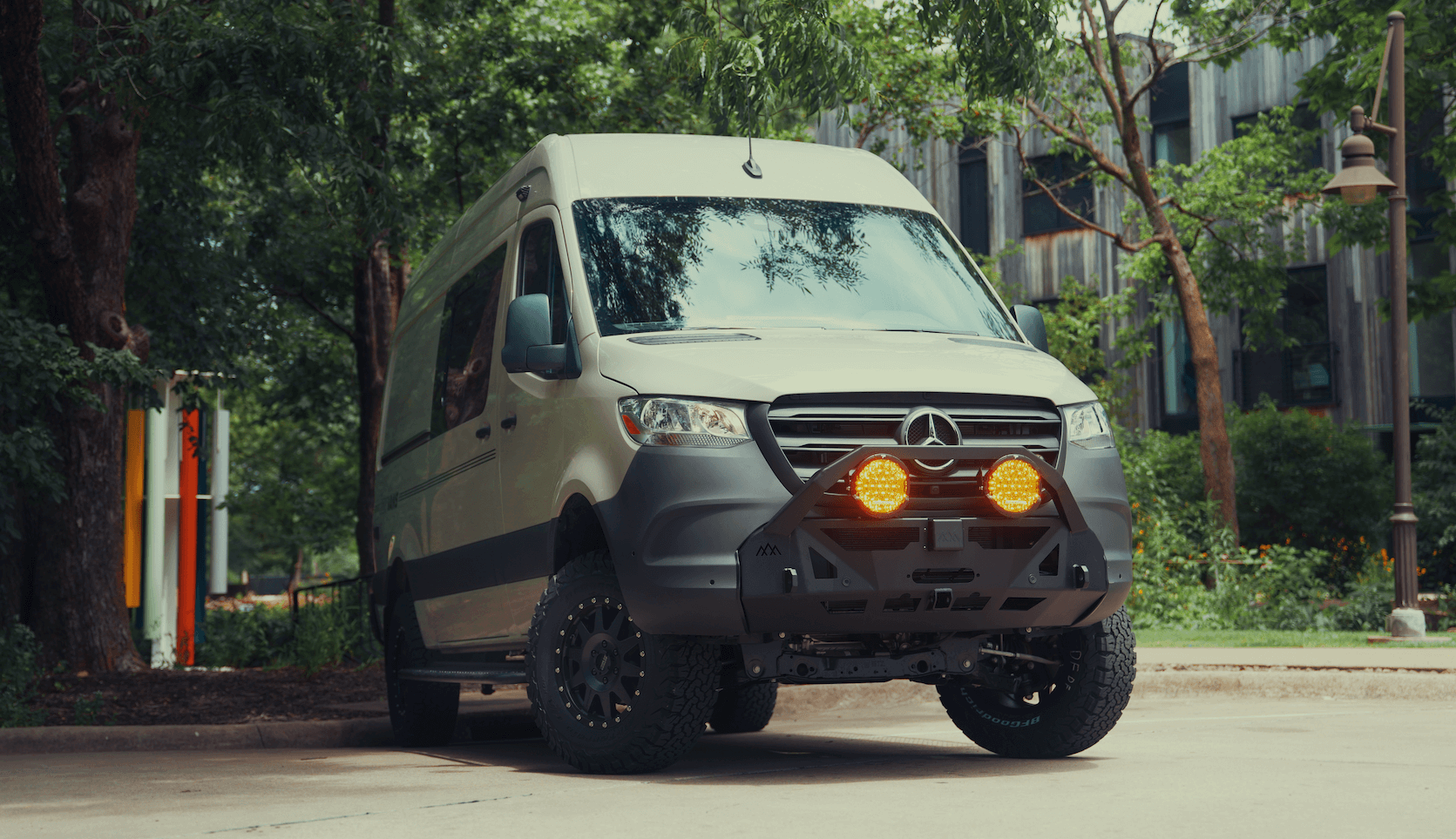Recreational Vans

A recirculating shower system collects water at the drain, cleans it through a sequence of filters, restores heat, and sends it back to the showerhead. Instead of draining after one pass, the water loops for the duration of the shower. The goal is comfort with a fraction of the water typically required, which matters in compact or off grid environments where every gallon counts. This approach reduces the size and frequency of refills while keeping daily routines intact.
The loop begins at the pan where a strainer captures larger debris. The pump draws from a small sump and feeds the filters. Sediment filtration removes grit, carbon reduces odor and improves taste, and a polishing stage handles fine particles. Disinfection options target microbes before the heated water returns to the showerhead. A user sets a comfortable temperature and keeps it there without continuous mixing.
System performance lives or dies by the filtration chain and heat management. Flow rate should feel natural while giving filters enough contact time to do their job. Quick connect fittings and labeled service loops simplify upkeep. Plumbing should minimize dead legs where warm water can stagnate. Materials rated for potable systems improve confidence in long term use.
Layering is key. A common order is:
UV requires clear water to be effective, so sediment and carbon stages come first. Lamps need periodic replacement and reactors need quartz maintenance. Ozone can deodorize and disinfect but calls for safe venting and precise dosing. Some users also add a periodic chemical sanitize routine between trips. No single stage is enough on its own; the value comes from the stack working together.
Heat stability keeps showers relaxing. Options include an electric heater, a diesel or gasoline fired coolant loop, or a heat exchanger tied to an onboard system. Target temperatures usually range from 100 to 105 degrees Fahrenheit. Oversize the heater for quick recovery at low battery state of charge and in cold climates. Pumps often run on 12 volt or 24 volt, and draw increases with head pressure and filtration resistance. Use vibration dampers for quiet operation and mount the pump below the waterline to reduce priming issues.
Insulation around lines and the pan helps hold temperature. A thermostatic mixing valve adds protection against spikes. Sensors that cut the pump on over temp or low level safeguard the user and the equipment.
These systems shine when water storage is limited, refill points are rare, or you prefer longer showers without carrying large tanks. They are common in vans, expedition trucks, boats, and tiny spaces. In mild climates a small tank and careful flow can work, but recirculation becomes a standout in desert routes or winter trips where resupply is tough. They also reduce gray water volume, which can be helpful where disposal is restricted.
Consider the trade offs. You will commit to consistent filter changes, periodic disinfection, and monitoring lamp hours if you run UV. You also need a well sealed pan, a tidy sump, and a footprint for filters and the heater. For some travelers a simple short shower is enough; for others, a recirculating setup meaningfully improves quality of life.
Maintenance is predictable if the system is designed with service in mind. Drain strainers need cleaning after every shower. Sediment filters clog first and should be easy to swap without tools. Carbon blocks have a finite capacity and a time based limit; follow manufacturer guidance and err on the conservative side. Maintain UV reactors by cleaning the quartz sleeve and replacing lamps on schedule. Between trips, flush with fresh water and run a sanitize cycle that is compatible with your materials. If the system will sit for a while, dry it out or store with an approved solution to reduce biofilm growth.
A recirculating shower system integrates best when the floor plan, electrical, and plumbing are designed as one. That means planning space for a serviceable filter bay, a quiet pump location, proper venting for any combustion heat source, and clean cable routing. If you want this comfort in a compact footprint, a purpose built approach is the safest path.
OZK Customs designs and builds complete adventure vans where water, heat, and power work in harmony. Our team can spec the right filtration stack, heater type, and control scheme for your travel style, then fabricate a quiet, serviceable installation that fits your layout. To explore van platforms and build options, start with Explore recreational vans, review our Custom van builds, or see Finance friendly vans if you want a platform that can qualify for funding.
Tell us how you travel, how long you stay off grid, and how you prefer to shower. We will translate that into a recirculating shower system that feels natural, manages power wisely, and is easy to maintain. Comfort should not drain your tanks or your time.
Ready for a smarter shower in your adventure rig? Talk to OZK Customs about integrating a safe, efficient recirculating shower into a custom van build. Share your travel style and must haves and we will design a system that fits your space, power budget, and hygiene standards.
ADDRESS:
6159 E Huntsville Rd, Fayetteville, AR 72701
PHONE:
(479) 326-9200
EMAIL:
info@ozkvans.com